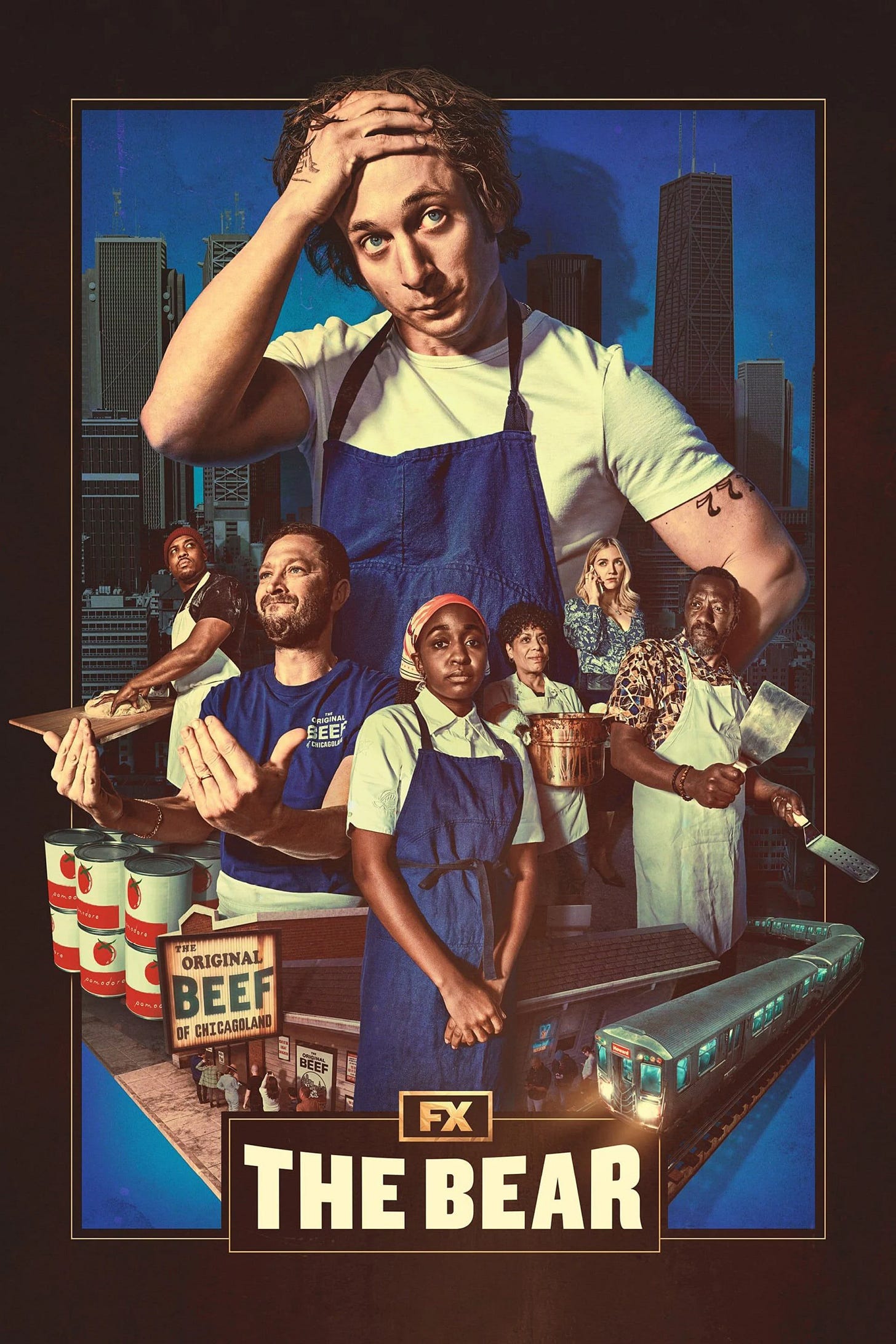The restaurant business can be brutal, as anyone who’s watched FX’s excellent The Bear can attest.
Like Antony Bourdain wrote in Kitchen Confidential, restaurants have a unique mix of long hours, high turnover and stressful work environments, especially in the back of the house. Restaurant ownership has no entry barriers and people from all walks dream of opening their own restaurant someday. This attracts an eclectic mix of personalities to the industry.
I love Tony’s analogy- a restaurant is like a small factory, with each output widget being custom made on the spot, usually from scratch. But unlike factories, restaurants are personality-driven, not process-driven. Its an interesting environment with unpredictable outcomes. Combine that with fickle customer tastes and social media algorithms, and its no wonder restaurants have such a high failure rate.
Gordon Ramsay, OBE, is a celebrity chef, restaurateur, and TV show host. While most people (and memes) now recognise him from Masterchef USA and Junior Masterchef, one of his earliest hits was Kitchen Nightmares.
In this highly entertaining format, Ramsay would visit a new mom-and-pop US restaurant every episode. Usually, the restaurant would be struggling and Ramsay would try to affect a quick turnaround, drawing on his restaurant experience to implement basic processes that may not be in place.
Like most reality shows, viewers enjoyed watching the drama and wreckage of other people’s lives. Like other business reality shows, it also gave them the opportunity to be armchair experts. Plus, on a visceral level, finding rotting meat, roaches or mice in restaurant kitchens makes for great television.
The S6E16 episode of Kitchen Nightmares was titled Amy’s Baking Company. It first aired in May 2013 and quickly went viral.
As is customary, the episode opens with the crew filming a typical evening in the restaurant. Like a “before” picture at a weight loss centre, this serves as a frame of reference for how much progress Ramsay helps make by the end. Normally, you’d see some unhappy diners, maybe a dish or two that don’t make the mark. Back of house would also be chaotic, and there would be an inevitable cussing/shouting bout.
Amy’s though, took everything to the next level. The opening scene ends with cops being called, guests manhandled and the owner duo (Samy and Amy) cussing in the front of house. While they knew they were being filmed! Landmark TV, this.
The next day, Ramsay arrives and is quite impressed with the restaurant’s hygiene, organisation and Amy’s specialty- the desserts. That’s about it for the upside though. He dislikes almost all the dishes he orders. When he mentions this to Samy, he learns that none of this feedback about the food reaches Amy, who doesn’t deal well with criticism.
The servers reveal a few more bombshells. Samy is the only one authorised to operate the POS (Point-of-Sale) machine, meaning he’s the only one who can punch in orders. And in what sends Ramsay ballistic, he learns that Samy pockets all the tips.
The US hospitality industry has a strong tipping culture – restaurants can legally pay staff less than the minimum wage if they earn tips. So that gratuity was a meaningful part of their income. And Samy pocketing it was unethical and probably illegal. No wonder they had an unusually high attrition rate – Samy himself admits he had burnt through 100 employees in the last eighteen months.
Anyway, the tip argument escalates, Amy fires a server on-air, and announces the restaurant is closed for the night. Mid service! Ramsay turns up the next day to find the restaurant is closed, which is usually the case when the owners are busy with their other endeavours. No schedule, no announcement.
Ramsay interviews two ex-employees and more skeletons tumble out of the closet. In giving feedback to Samy and Amy, Ramsay concludes that they are not open to change and leaves.
The episode was just the beginning though. Amy’s had already had a problem with Yelp reviewers and the telecast just multiplied it a hundred-fold. Reddit, Yelp, YouTube, social media criticism was coming in from everywhere and the Amy’s account was actually there, in the comments section, feuding with random online folks from around the world. As I’ve written before that doesn’t end well.
Reality TV drama happened, Forbes got an article out of it and the circus moved on. Why is it relevant now?
I’ll quote Anton Ego from Ratatouille:
There are a few bad nuts, sure. And some people urgently require therapy. But any small business needs cheerleaders. And a restaurant, doubly so. It is a merciless and soul-crushing endeavour. Watching a passion project fail can be shattering. Ask me, I know.
Here’s my recommendation for the day. Watch that Amy’s video, and be entertained, sure. But also check out Kripal Amanna. His YouTube channel, Food Lovers TV documents small, iconic and sometimes struggling food places in and around Bangalore. Amanna is warm, kind and humble. He’s knowledgeable about food, which many YouTubers are. But what sets him apart is the connect he makes with the owner(s) of the restaurant. He makes them feel seen, these hard-working folks who wake up at odd hours and toil away day after day in pursuit of something nebulous. A livelihood, of course, but also a higher calling.
Maybe I’m projecting, but in episode after episode, I see a glint in their eyes, like those of musicians. Past their struggles and breakdowns, they seem to be operating on a higher plane, these folks who feed other folks. So be kind, when you leave your next Google or Zomato review. Maybe it was just a bad night. And hey, at least no one called the cops on you.






Stop. Being. So. Good. You. Are. Making. Me. Want. To. Expect. Things. From. You.